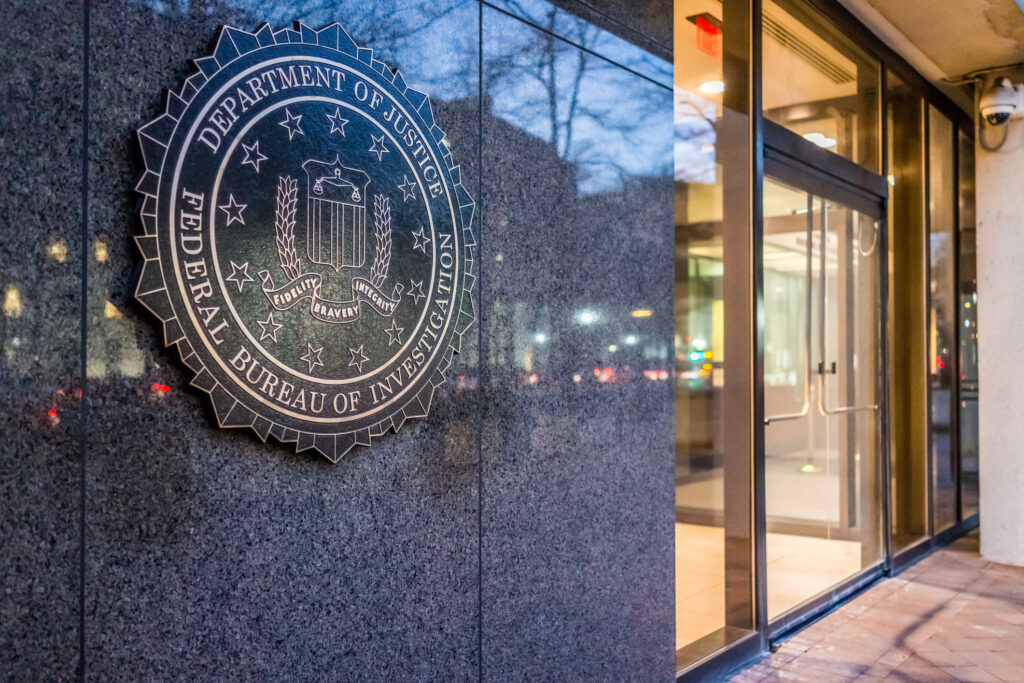Poverty remains, by far, the biggest killer of humans, and government-imposed regulations have been proven to create economic costs that make poverty more likely. As a result, the U.S. Office of Management and Budget estimates every $7.5 million to $12 million in regulatory costs imposed on the economy results in a life lost.
Federal and state government regulatory costs top $1.9 trillion annually, amounting to $14,842 per U.S. household. That’s nearly $15,000 that’s unavailable to families to pay for health insurance, medicine or medical bills, college expenses, groceries, a new car, or vacations.
These facts clearly show why substantive and formal transparency is critical when developing and imposing regulations. Regulations should be built on unimpeachable science. To best ensure that occurs, government agencies should disclose all the science, models, and information exchanges used to make agency decisions, and no agency should be allowed to use any report to support or justify a rule if the research is not open to verification by outside parties.
Additionally, every government research contract should require recipients to make available all assumptions, models, data, and email exchanges related to the contracted research upon receiving a Freedom of Information Act request or a request by a congressional committee that has proper oversight.
Increasing transparency in the research processes used to justify regulations is not enough. There must also be transparent processes for establishing new rules forced on the public by regulatory agencies.
Existing laws already require transparency in the normal rulemaking process. For instance, regulatory agencies must reach out to stakeholders, including state governments likely to be affected by proposed rules, for input concerning the need for a rule and what form it should take. Laws or internal agency rules also typically require public hearings and a public notice period while regulations are being drafted and, once drafted, before they are finalized.
However, during President Barack Obama’s administration, rather than following this legally required transparency process, bureaucrats worked behind the scenes to collude with lobbyists from radical environmental groups to impose costly policies outside of the normal rulemaking process and expand the coffers of environmental groups using “sue-and-settle.”
Sue-and-settle is a strategy used most often by environmental special-interest groups. The groups sue a federal agency, demanding the agency issue rules by a specific deadline, and the group and agency then enter into a private settlement that becomes legally binding for the agency. These agreements allow rules to be created without agencies having to go through the normal rulemaking channels, and there are no public comment periods.
According to a May 2013 study by the U.S. Chamber of Commerce, “between 2009 and 2012, [the Environmental Protection Agency] chose not to defend itself in over 60 lawsuits from special interest advocacy groups. … these cases resulted in settlement agreements and EPA publishing more than 100 new regulations.”
An August 2015 report by U.S. Senate’s Environment and Public Works Committee detailed numerous instances in which government regulators agreed to settlements with environmental groups that imposed costly restrictions, some of which had been previously rejected by Congress.
Thankfully, under Environmental Protection Agency (EPA) Administrator Scott Pruitt, sue-and-settle agreements at EPA are ending. “The days of regulation through litigation are over,” Pruitt said in an October 2016 statement announcing the demise of sue-and-settle.
“We will no longer go behind closed doors and use consent decrees and settlement agreements to resolve lawsuits filed … by special interest groups where doing so would circumvent the regulatory process set forth by Congress,” Pruitt added.
“Oftentimes, these agreements are reached with little to no public input or transparency,” said EPA’s statement announcing the policy change. “That is regulation through litigation, and it is inconsistent with the authority that Congress has granted and the responsibility to operate in an open and fair manner.”
EPA’s new policy requires it to notify states within 15 days of receiving a notice of intent to sue the agency. The agency must also provide a public comment period for any settlement or consent decree under consideration by the agency.
Other new provisions instituted by EPA include the agency publishing an online searchable database of consent decrees and settlement agreements, including the terms of each agreement and relevant information about associated attorney’s fees and costs paid. The new policy also prohibits EPA from entering into consent decrees containing terms courts lack the authority to order. Further, EPA cannot consent to any agreement that converts a discretionary action into a mandatory duty, and EPA will no longer pay attorney’s fees or court costs for those suing the agency as part of the terms of settling a lawsuit.
EPA’s sue-and-settle policy should be adopted by all federal agencies, a move that would significantly improve government transparency and slow the gravy train interest groups enjoyed under the Obama administration.
[Originally Published at Townhall]





